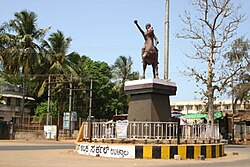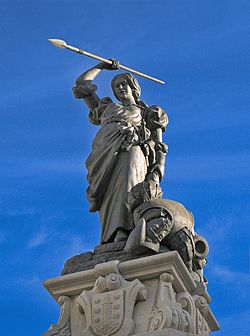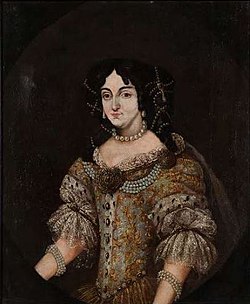| Part of a series on |
| Women in society |
|---|
 |
Women have played a leading role in active warfare. The following is a list of prominent women in war and their exploits from about 1500 up to about 1699.
Contents
- Timeline of women in warfare from 1500 to 1699
- 1500–1550
- 1550–1599
- 1600–1650
- 1650–1699
- See also
- References
- Further reading
- External links
Only women active in direct warfare, such as warriors, spies, and women who actively led armies are included in this list.
For women in warfare in what is now the United States during this time period, see Timeline of women in war in the United States, pre-1945.






















